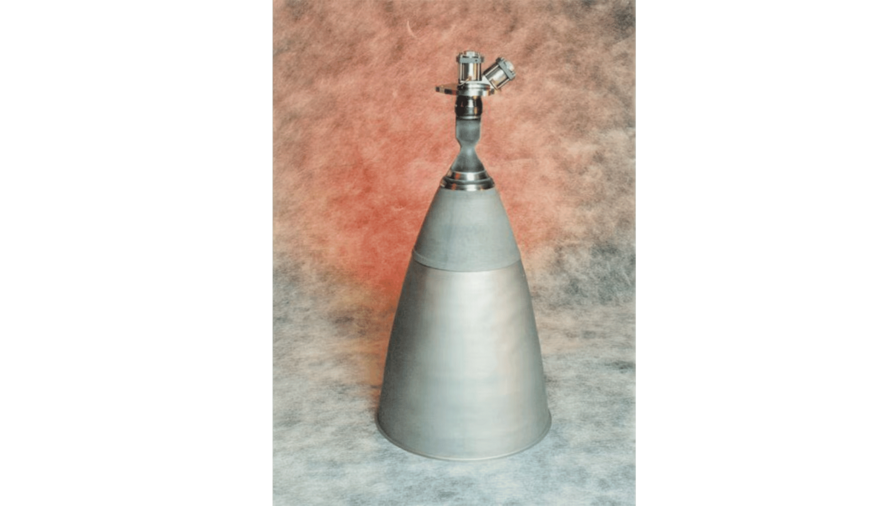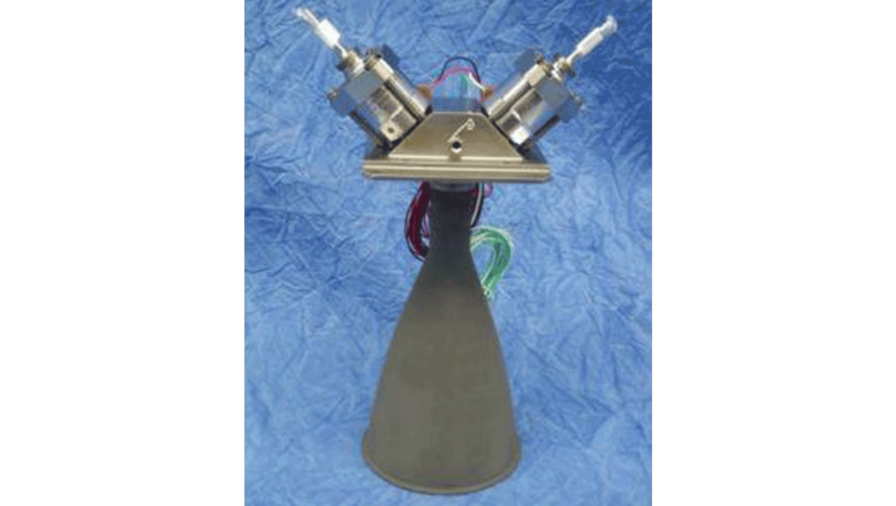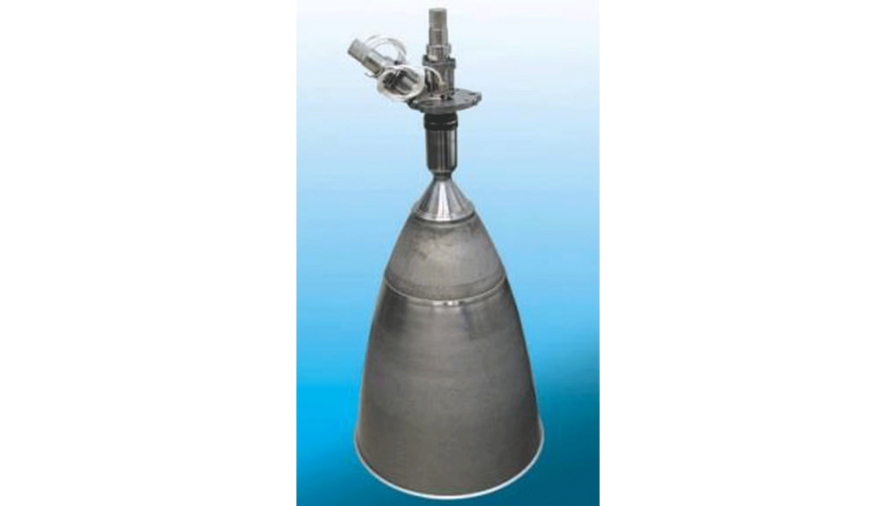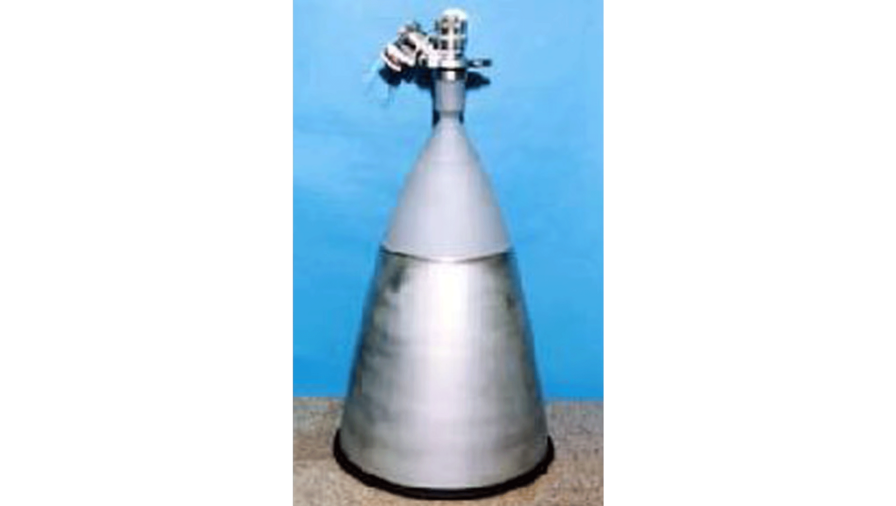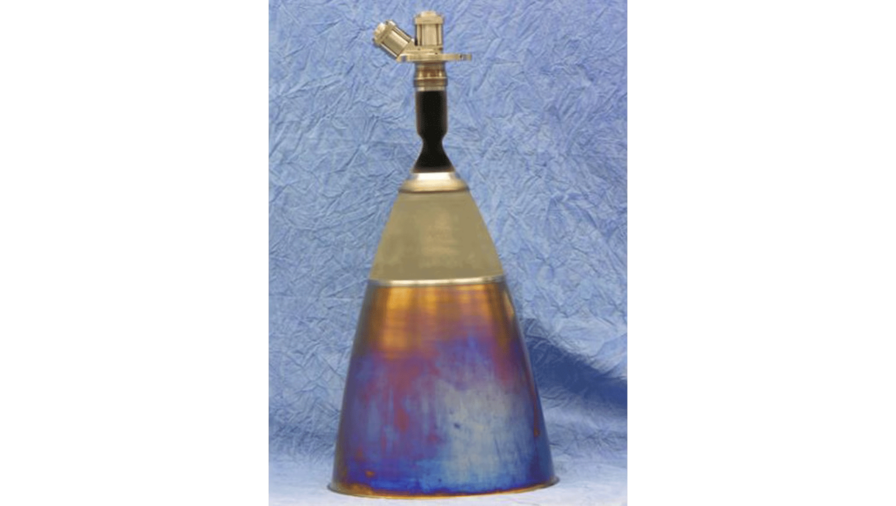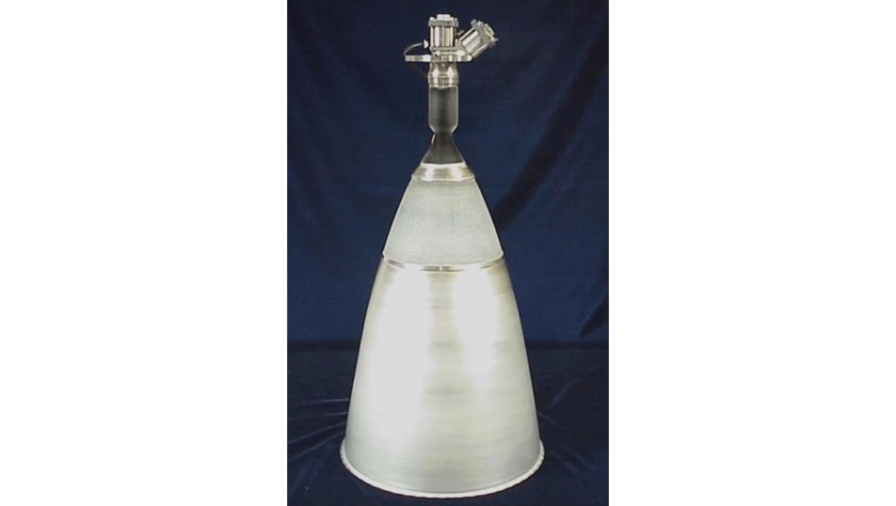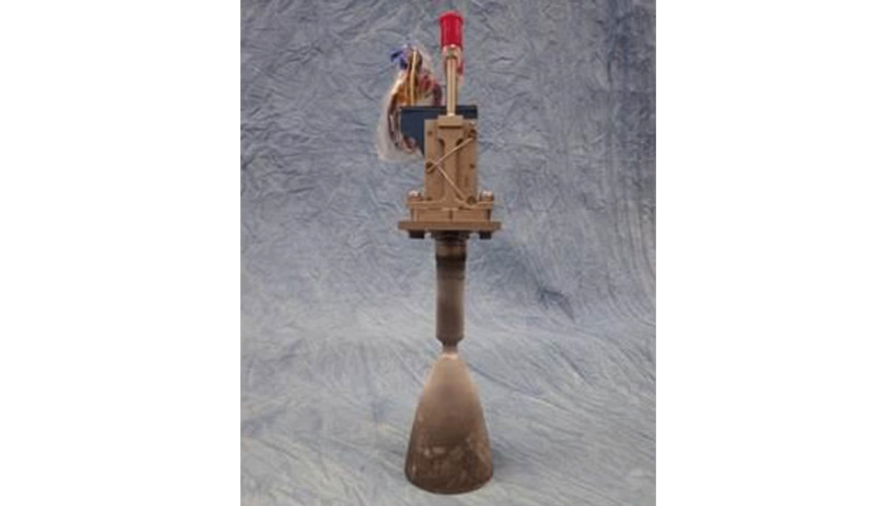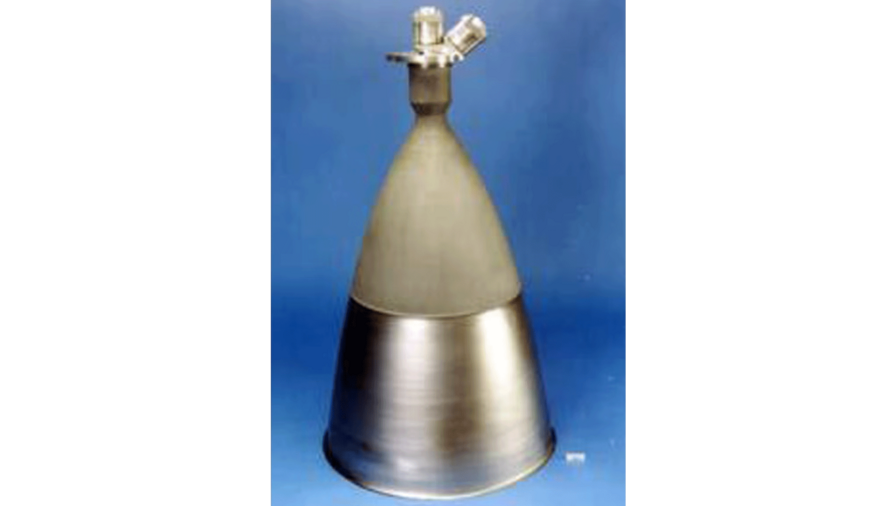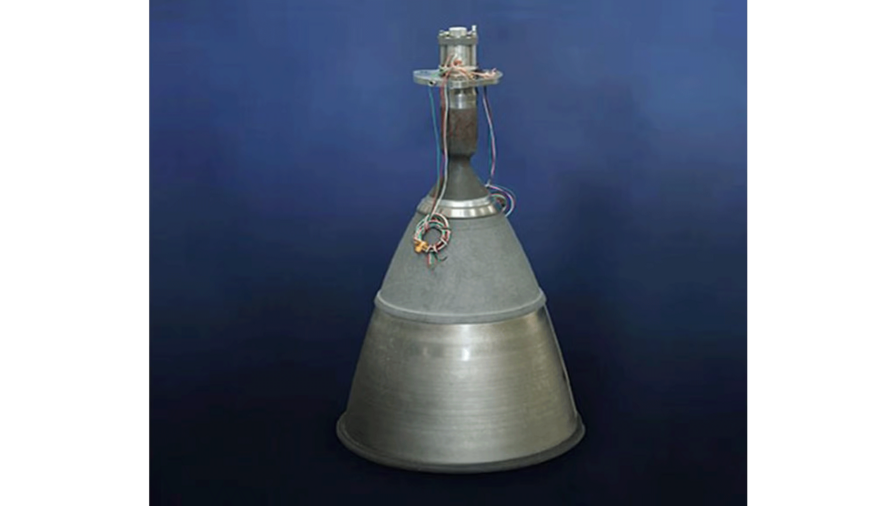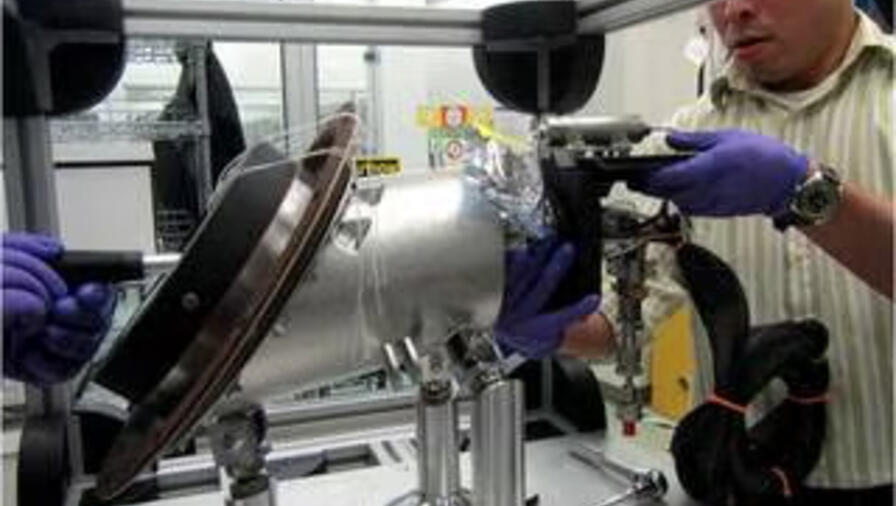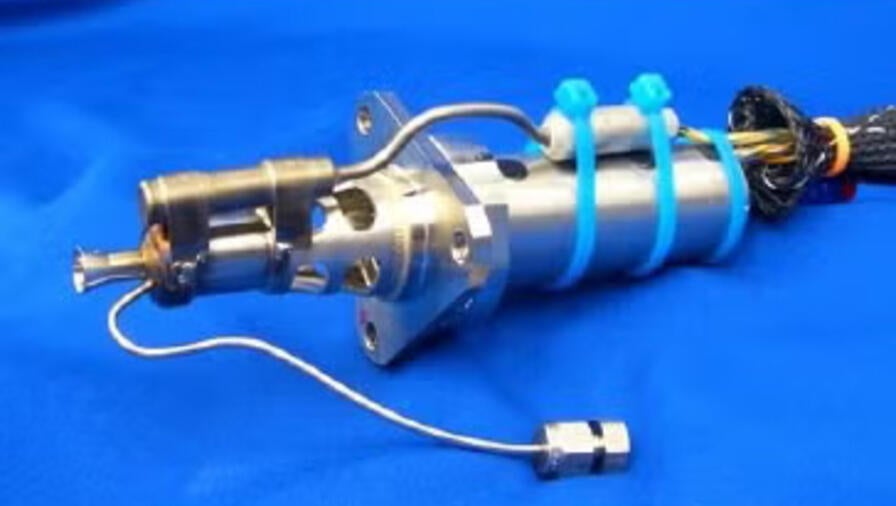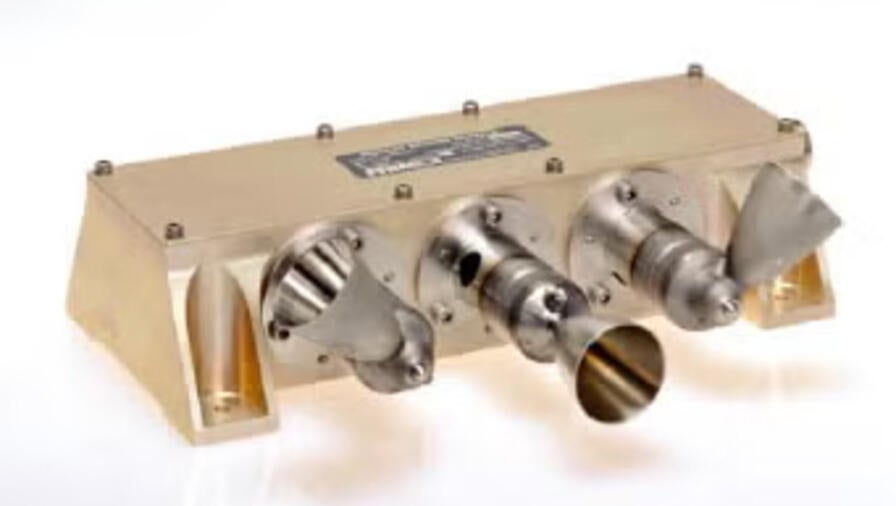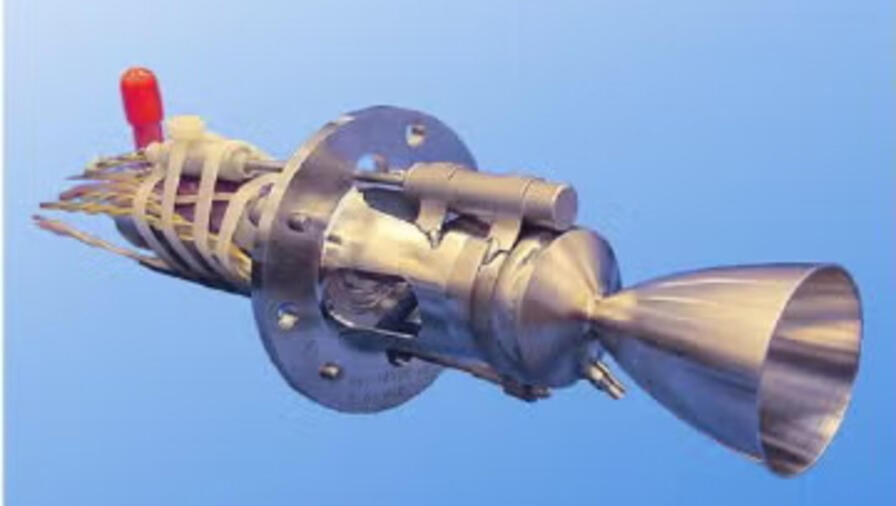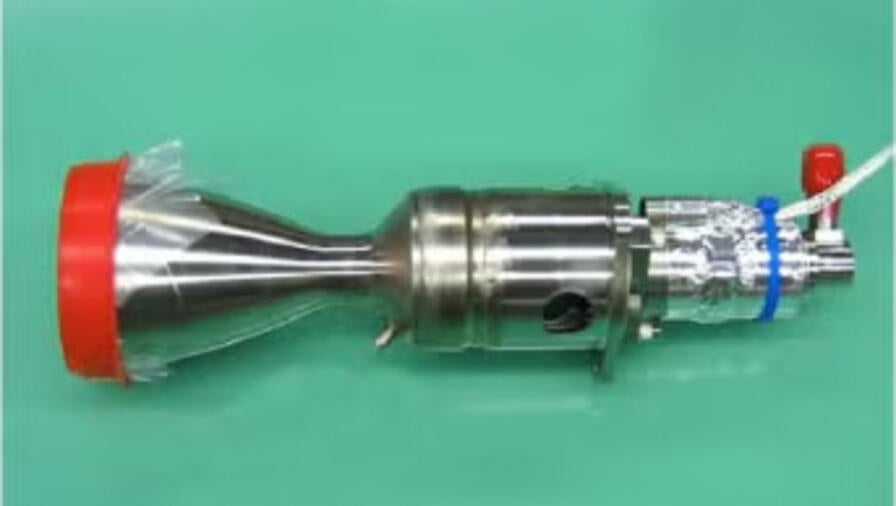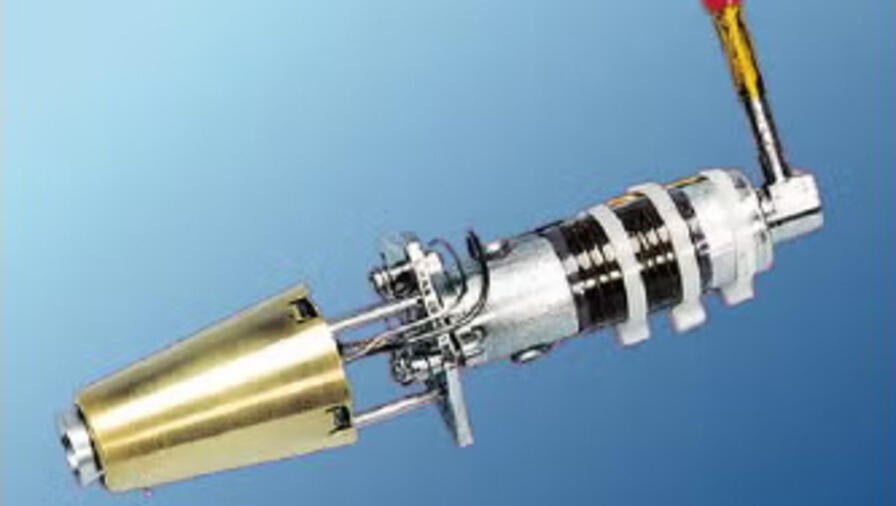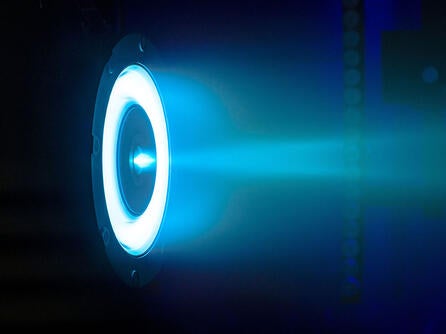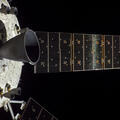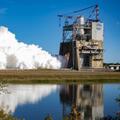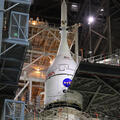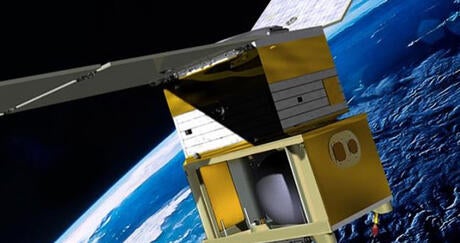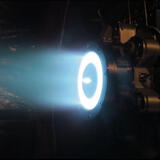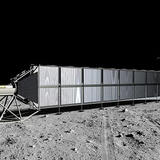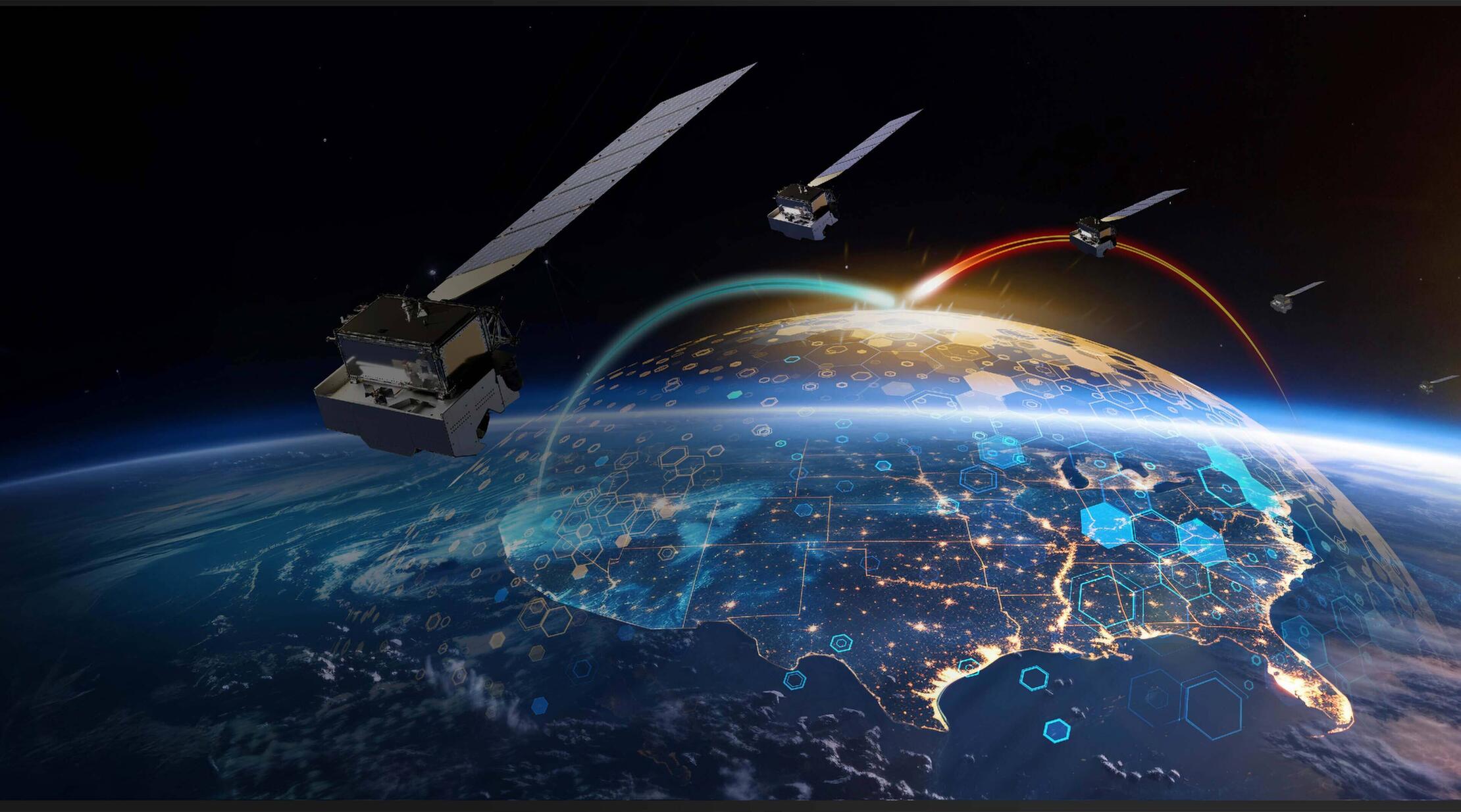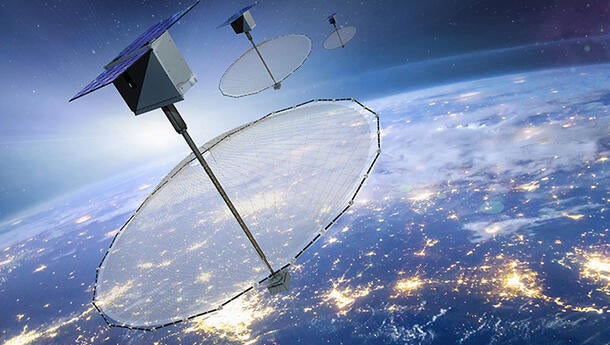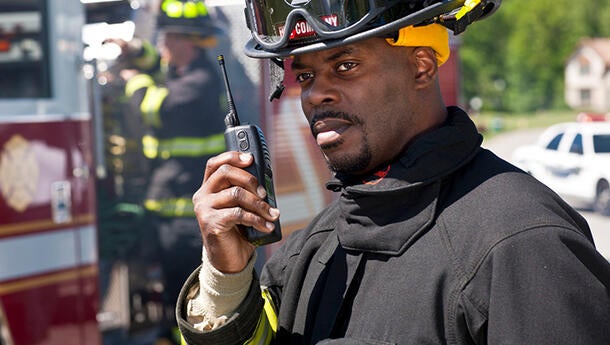Bipropellant Engines
Enabling In-Space Operations and Exploration
L3Harris has delivered more than 2,500 bipropellant engines ranging in thrust level from 2.5 pounds to 40,000 pounds. Bipropellant engines feed hydrazine or monomethylhydrazine (MMH) propellants and nitrogen tetroxide (NTO) oxidizer into a combustion chamber, where they ignite on contact to generate thrust.
Bipropellant thrusters typically are used for in-space maneuvering for large vehicles including the crew-carrying Orion and Starliner spacecraft, as well as International Space Station (ISS) servicing vehicles. The largest versions have served as the upper stage engines for launch vehicles including the Delta II and Titan III, the Apollo Service Modules, as well as for maneuvering the Space Shuttles. L3Harris' 100-pound-thrust R-4D, originally developed for the Apollo missions – it played a key role in the Apollo 13 rescue – has evolved into the world’s most reliable apogee insertion engine. R-4D engine variants have flown over 390 apogee-insertion missions for geostationary-orbiting satellites, with a 100 percent success rate.
L3Harris has a new family of lightweight and affordable bi-propellant engines in the 5 pound and 100 pound thrust levels for deep space missions and fast-acting maneuvers such as landing or proximity operations. The In-Space Engines (ISE) use monomethylhydrazine (MMH) propellants and mixed oxides of nitrogen at 25 % nitric oxide (MON25), a high performance oxidizer, which provides system level benefits due to lower freezing temperatures and higher densities. Cost and schedule affordability is built in for these two new engines using the latest advancements in additive manufacturing.
Monopropellant Engines
Enabling Solar System Exploration
L3Harris has delivered more than 19,000 hydrazine-fueled monopropellant engines providing thrust levels ranging from 0.02 pounds to 700 pounds. Monopropellant engines generate thrust by flowing liquid hydrazine into a catalytic decomposition chamber where the propellant undergoes a highly energetic decomposition, producing gases that are then accelerated through a nozzle.
L3Harris monopropellant thrusters have been used on missions to explore every planet in the solar system, typically for planetary transit course corrections, orbital capture/insertion and landing. The Sky Crane that lowered NASA’s Curiosity and Perseverance Rovers to the Martian surface used L3Harris monopropellant thrusters to hover during the process and then to whisk the carrier spacecraft away from the landing site. Monopropellant engines also are used for precision pointing, and attitude and spin control on various satellites and spacecraft, including ISS crew and servicing spacecraft. On launch vehicle upper stages, monopropellant thrusters are used for pitch, roll and yaw control, as well as for engine propellant settling burns.

